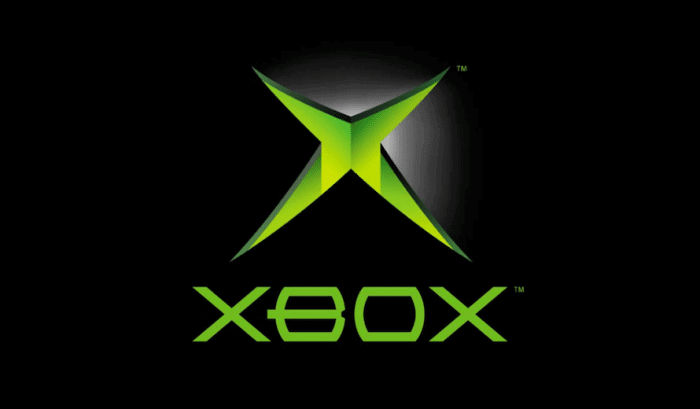Just how important is backwards compatibility to players?
So we have word that there will be an episode of Inside Xbox on April 10th at 3pm PST, and that it will include a major announcement about backwards compatibility. According to EGM, the episode will feature information on ‘“a big update” on original Xbox backward compatibility,’ which presumably means that potentially all original Xbox games will become playable on the Xbox One, even those that are disc-based. So if you still have some older discs laying around, you may be able to play them once again.
This comes on the heels of a long line of additions to Xbox’s backwards-compatible features, including a few just since January. Owners of current-gen Xbox Ones can play OG classics like Saints Row 3, just like the Good Old Days. And all the while, Xbox senior management has promised that these continual additions to the nostalgia-train will chug along well into the foreseeable future.
On the surface of it, all of this sounds great. Who would say no to an additional feature that seemingly opens up your console to play way more games, some of which you fondly remember? And certainly, Xbox is to be commended for trying to give their customers more and more, even after purchase. And we do often hear players talk about wanting backwards compatibility, and getting pretty upset when new consoles don’t automatically include it.
The problem is, while players love the idea of backwards compatibility, the reality is that very few of them seem to actually use it when they have it. Now, admittedly, there isn’t a whole ton of data on just how much players use this feature, but the stats we do have seem to back this almost paradoxical idea up. As recently as June of 2017, an Ars Technica article showed that Xbox players spent a teeny-tiny 1.5% of their overall console time playing older, backwards-compatible games available to them. In fact, they watched YouTube videos (maybe of old games?) way more than they indulged their nostalgia for all those amazing backwards-compatible titles. What Xbox players spend by far the most time on – almost 55% – is, you guessed it, playing the current games.

And of course that makes perfect sense. Think about it: those times when you were able to play an old beloved title from your past, how long did it really take before you got bored and went back to a new title? For sure, there is a brief rush you get when you first revisit a classic, but pretty soon after, those old, clunky controls, ugly graphics and other frustrations you forgot about come back. That’s when you remember that today’s games are just plain better than the old ones. Face it, a lot of those retro games we loved “back in the day” often pale in comparison to the quality of today’s offerings – but we only realize that once we re-play them.
Backwards compatibility is overrated. It is a nice (maybe awesome) idea in theory – but when the chips are down, it just doesn’t matter that much to players. Xbox’s commitment to giving their fans more features, and making their console the best it can be, is laudable; but it is not driving sales, and it is certainly not a factor in the age-old battle for console supremacy. That 1.5% statistic might be a year old, but I suspect that things have not changed much since.